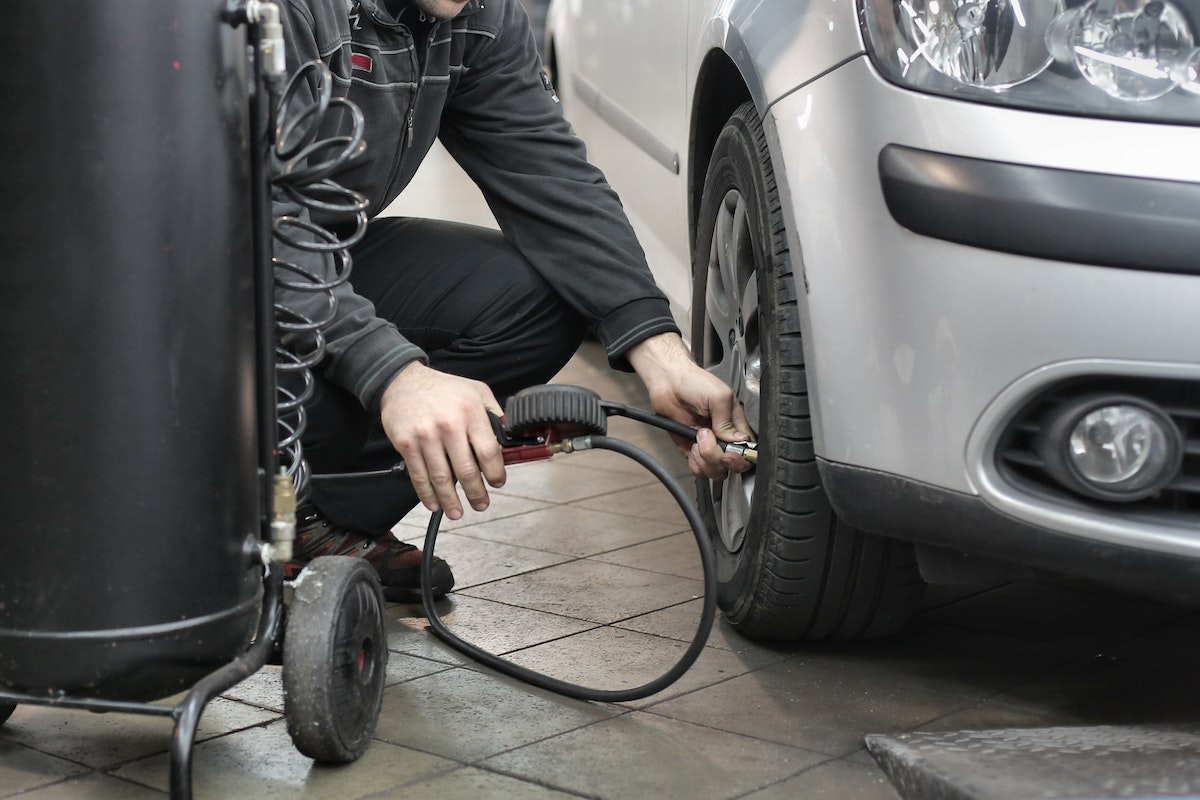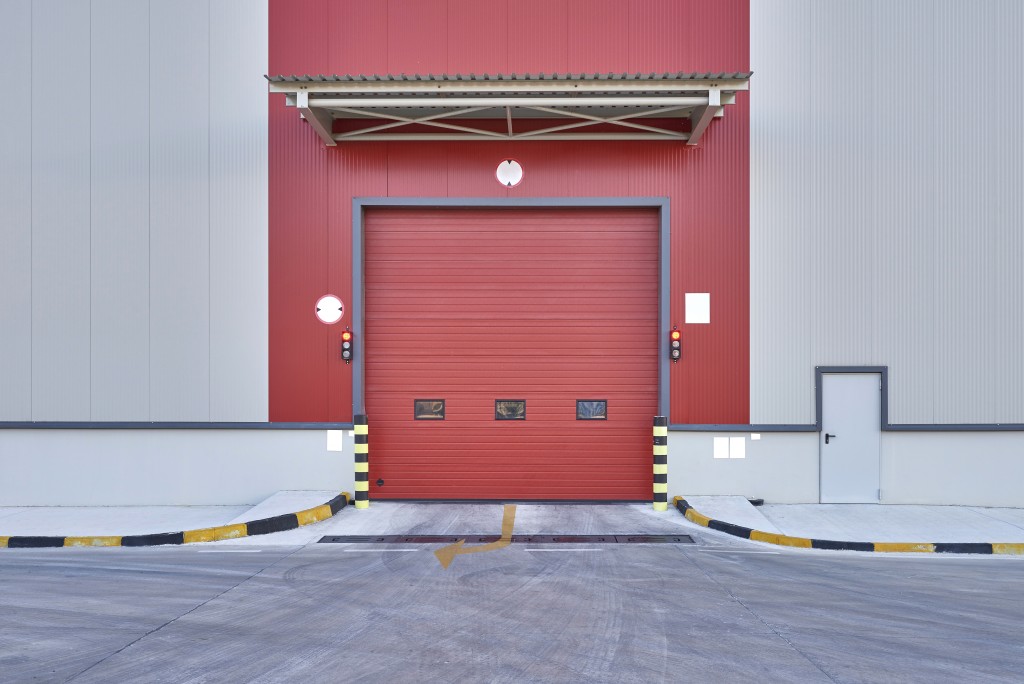- Regular maintenance and tire checks are essential for optimal safety and environmental performance of vehicles.
- Reducing idling, using correct fuel, and professional advice can enhance fuel efficiency and lower emissions.
- A MOT test ensures your vehicle meets safety and environmental standards in countries like the UK.
- Regular cleaning, using eco-friendly car products, and minimizing waste can reduce your car’s environmental impact.
As a car owner, you must ensure that your vehicle meets the necessary safety and environmental standards. Not only does this keep you and your passengers safe, but it also ensures that you do your part in protecting the environment. However, meeting these standards can sometimes be overwhelming, especially if you are new to car ownership. This blog will provide essential tips to help you meet safety and environmental standards for your vehicle.
Regular Maintenance
Regular maintenance is crucial to ensuring your vehicle operates at its best. In addition, regular maintenance can help to identify and address any potential safety or environmental issues before they become a bigger problem. Ensure you follow the manufacturer’s recommended maintenance schedule and keep up with oil changes, tire rotations, and other essential maintenance tasks.
Check Your Tires

Your tires are an essential component of your vehicle’s safety and environmental performance. Underinflated tires can cause poor fuel efficiency and increased emissions, while overinflated tires can decrease handling and increase the risk of a blowout. Make sure you check your tire pressure regularly and keep them properly inflated to the manufacturer’s recommended levels.
Reduce Idling
Idling your car not only wastes fuel but also contributes to air pollution. Whenever possible, turn off your engine if you are going to be parked for more than 30 seconds. This can help to reduce emissions and save you money on fuel costs in the long run.
Use the Right Fuel
Using the right fuel for your vehicle can help to improve performance, reduce emissions, and protect your engine. Check your owner’s manual to determine what type of fuel is recommended for your vehicle. Using a higher-octane fuel than what is recommended can actually decrease your fuel efficiency and increase emissions.
Employ the Help of Professionals
If you are unsure about how to properly maintain your vehicle or want to ensure that it meets safety and environmental standards, don’t hesitate to seek the help of professionals. They can provide expert advice and services to keep your car running at its best and meeting all necessary standards.
Certified inspectors can also help to identify any potential issues and provide solutions. This is even a requirement in some countries. If you’re in the UK, for example, you’ll need to get a MOT test done by certified professionals to ensure your vehicle meets safety and environmental standards. A MOT test or Ministry of Transport test is an annual inspection that checks if your car meets road safety and environmental standards set by the government. This test will help you address any issues and keep your vehicle in top shape.
Keep Your Vehicle Clean

A clean vehicle not only looks great, but it can also help to improve safety and environmental performance. There are many environmental contaminants that can build up on your car, such as road salt, dust, and debris. Here are four things you can do to help keep your car clean and reduce its environmental impact:
Wash your car regularly using eco-friendly products.
Washing your car regularly can help to remove contaminants that can cause corrosion and damage to your vehicle. However, it’s essential to use eco-friendly products that won’t harm the environment. Look for biodegradable soaps and cleaners when washing your car.
Avoid using plastic or paper bags at drive-thru restaurants.
Instead of using single-use plastic or paper bags when getting take-out food at a drive-thru, opt for bringing your own reusable bags. This can help to reduce waste and minimize the impact of fast food consumption on the environment.
Use a car cover when parked for extended periods of time.
If you park your vehicle outside for an extended period of time, consider using a car cover. This can help to protect your car from environmental elements and reduce the need for frequent washing.
Choose eco-friendly car wash facilities.
When getting your car washed at a facility, choose one that uses eco-friendly practices, such as recycling water and using biodegradable soaps. This can make a big difference in reducing the environmental impact of car washing.
Owning a car goes beyond the initial purchase. It involves ongoing maintenance to ensure its safety and minimize its environmental impact. By practicing routine maintenance, ensuring tires are properly inflated, reducing idling, using the correct fuel, seeking professional advice, and maintaining your car’s cleanliness with environmentally friendly practices, you can contribute to a safer and greener world. Remember, every small step counts towards a larger goal. Drive forward with environmental responsibility and safety at the heart of your vehicle ownership.


